The perfect prime rib exists! Whether you're cooking a Wagyu prime rib or an actual Prime Rib Roast... the last thing you want to do is buy a big piece of meat and overcook it or not have it come out perfectly!
You can do it with these steps;
Only a little bit of equipment is necessary:
equipment & ingredients necessary: grill or oven, awesome meat, salt, pepper, garlic, thyme, skill, a little patience.
Whether you're cooking a 2 or 3 bone prime rib or a full 7 bone the technique is about the same. Whether you have lip-on cap-on or just a regular export...doesn't really matter. What matters most is the meat, the amount of seasoning, and the temperature/time.

This Wagyu Angus bone-in rib roast was cooked to 129 F for those who like perfect medium rare! (rested until the temperature came up to 135F
We'll get into more detail about upgrades/how to add more umami/flavor in a future post. But for today, let's address a few of the common issues
Common problems:
- cooked too long. No prime rib should be cooked for 24 hours. many recipes out there advocating for long cooks. Meat becomes mealy and powdery. Ribeye doesn't have a lot of connective tissue needing to be broken down
- no direction on amount of salt: salt for 12-24 hours ahead of time since prime rib is a big thick piece of meat. for reference, our home-made bacon and charcuterie cures for 5-10 days. Add .75% - 1.5% of morton's kosher salt by weight of the prime rib. If your prime rib is 10kg or 10,000g. Add 100g kosher salt if you're going for 1%. for reference if you like saltier you might want 2%. Most prime ribs cooked at home are undersalted, and the meat on the outside may be well seasoned but rarely the inside is. You can also counteract this by your au-jus and/or salt after prime rib is cooked.
- other seasonings: we don't prefer a lawry's seasoned salt. Just kosher. We also add minced garlic, fresh thyme, and smoke rosemary bunches to add flavor to the oven or grill. then slather with beef tallow or olive oil.
- we prefer to sear/give color to the meat first and then drop the heat. so 450F or on the grill until a little color develops (15 minutes) then drop the heat to 275-300 until your internal temperature (stick the probe in the middle of the roast, or if you have multiple probes you can measure exterior and interior parts to have more clarity. Smaller side will cook faster. On a grill: you can put the roast in the sear zone. Turn on the sides of the grill ON and the middle burners OFF. The cabinet should be at 275-300F and the roast should not be directly over any of the flames if you want to be able to just walk away (otherwise your roast will drip fat, have flare ups, etc) and it will be a lot more labor intensive. Your final internal temperature when you pull the meat (and cover with foil to rest for 20-30 minutes) is 127-131Farenheit (53-55C). Throw some rosemary or thyme on the fire for some extra flavorful smoke

Wagyu Striploin (Australian) cooked like a prime rib. First seared then roasted. This one was cooked to 125F for those who like more rare.
We have some wonderful bone-in and boneless prime rib. One is Australian Wagyu Ribeye & the other is off-menu Wagyu Angus American Wagyu. Available by concierge@pursuitfarms . com
If you note the color on our prime rib it's not edge to edge red and you don't want it edge to edge red. Some gradient gives more flavor. This was cooked entirely on a grill per the method above.
Notes: we don't like low and slow (reverse sear). better caramelization and crust occurs in the sear-first method, and the low and slow method. We much prefer high heat, then drop the heat, then rest. Very similar to world-famous Hainan chicken is boiled first, then simmered, then heat completely off.

